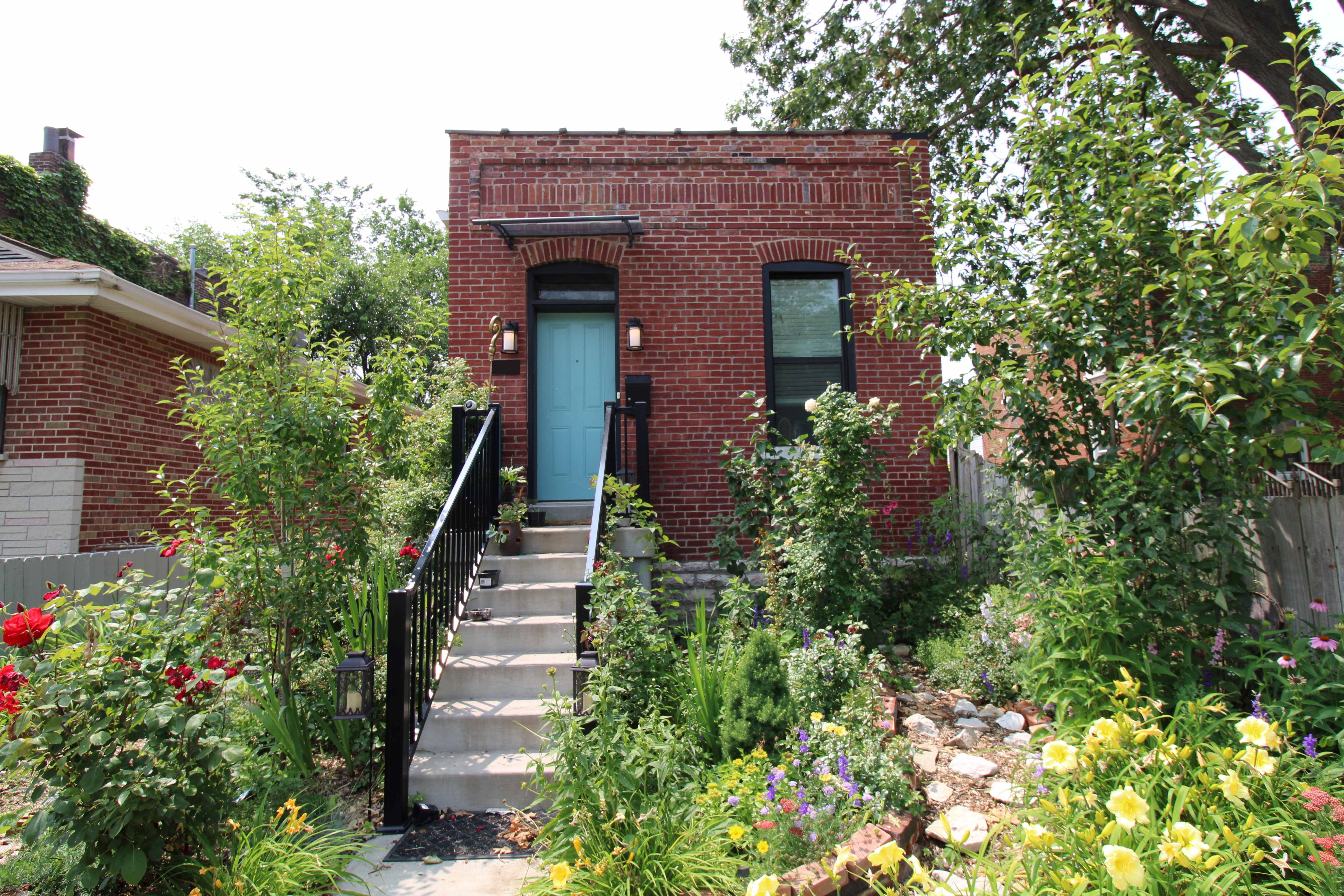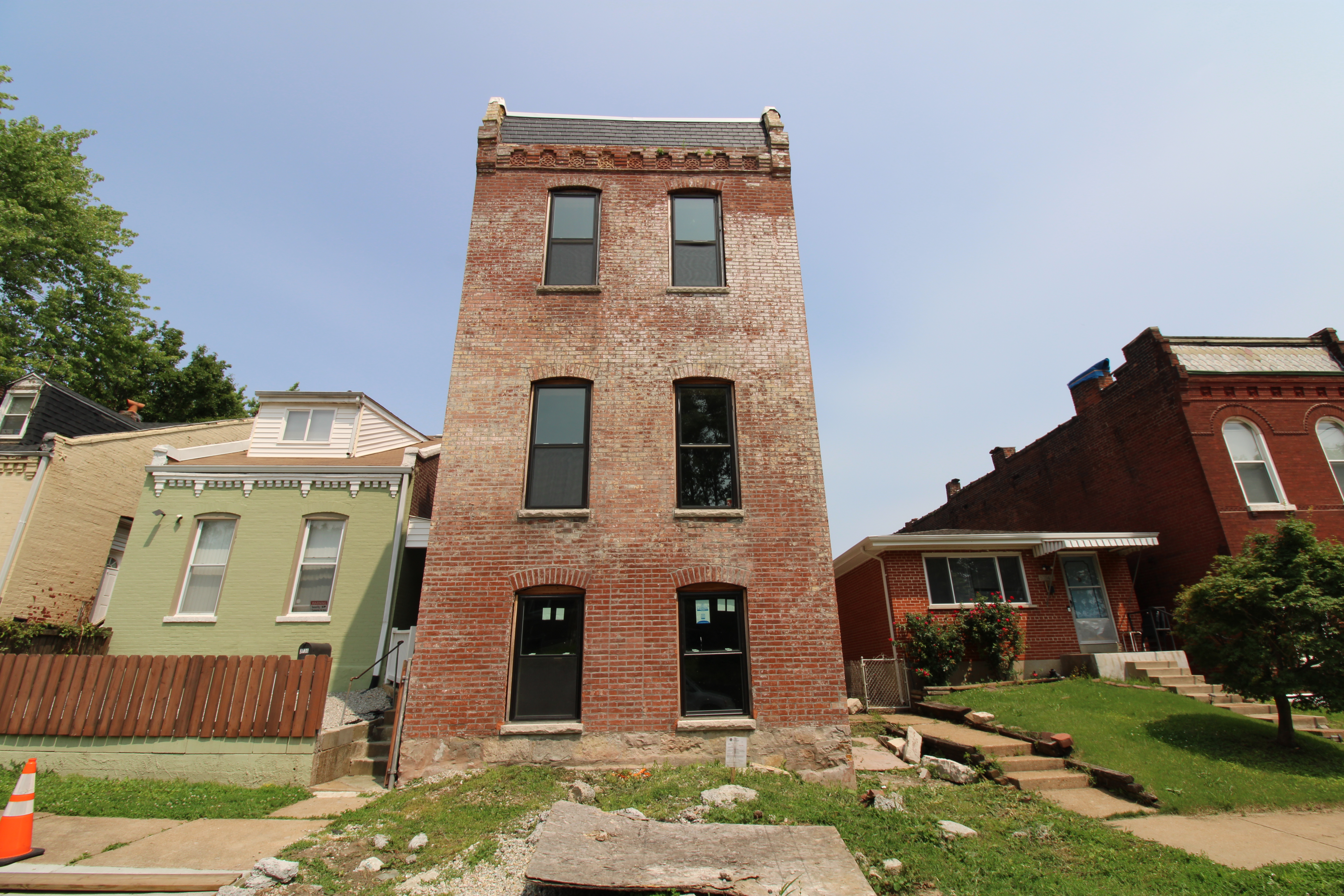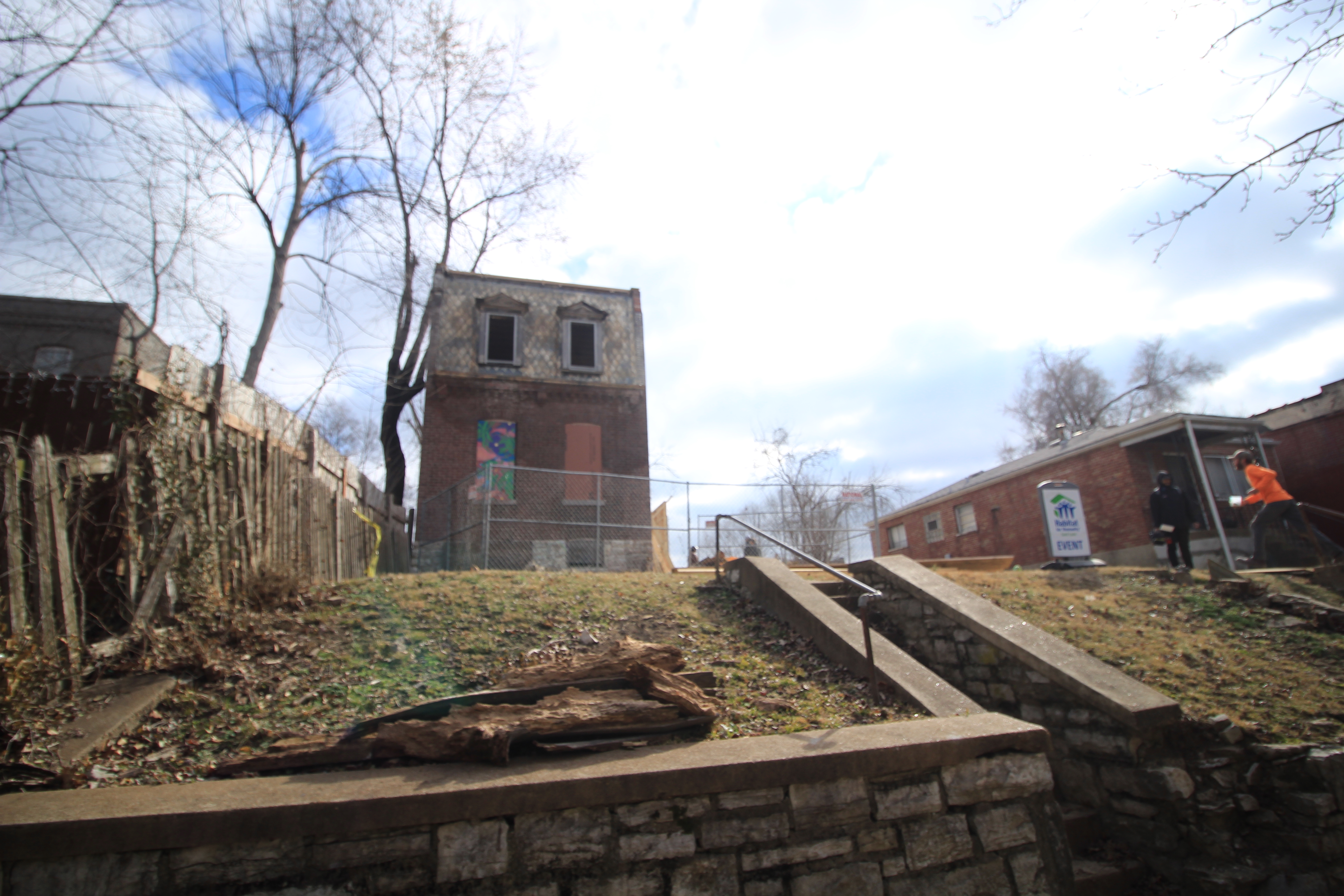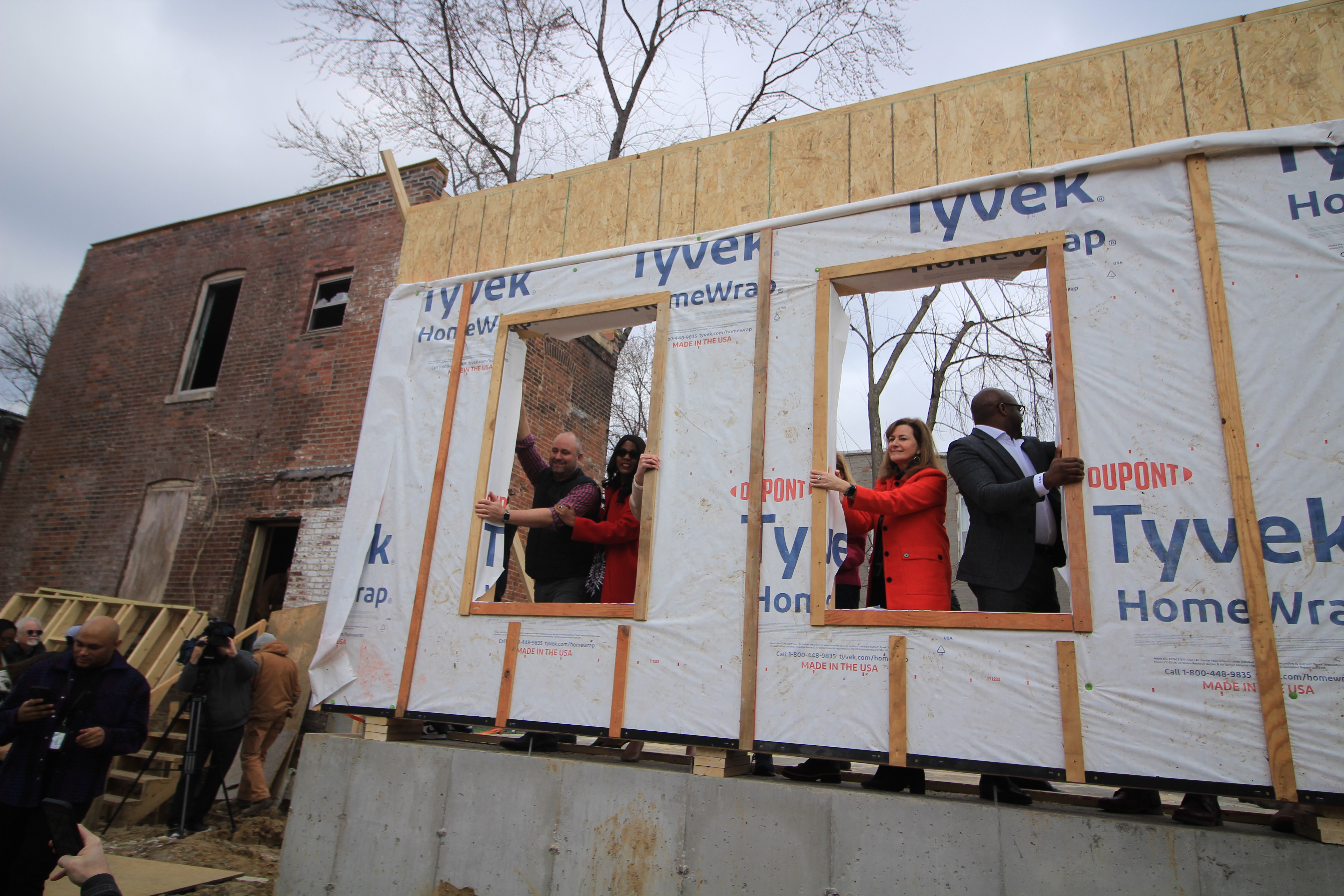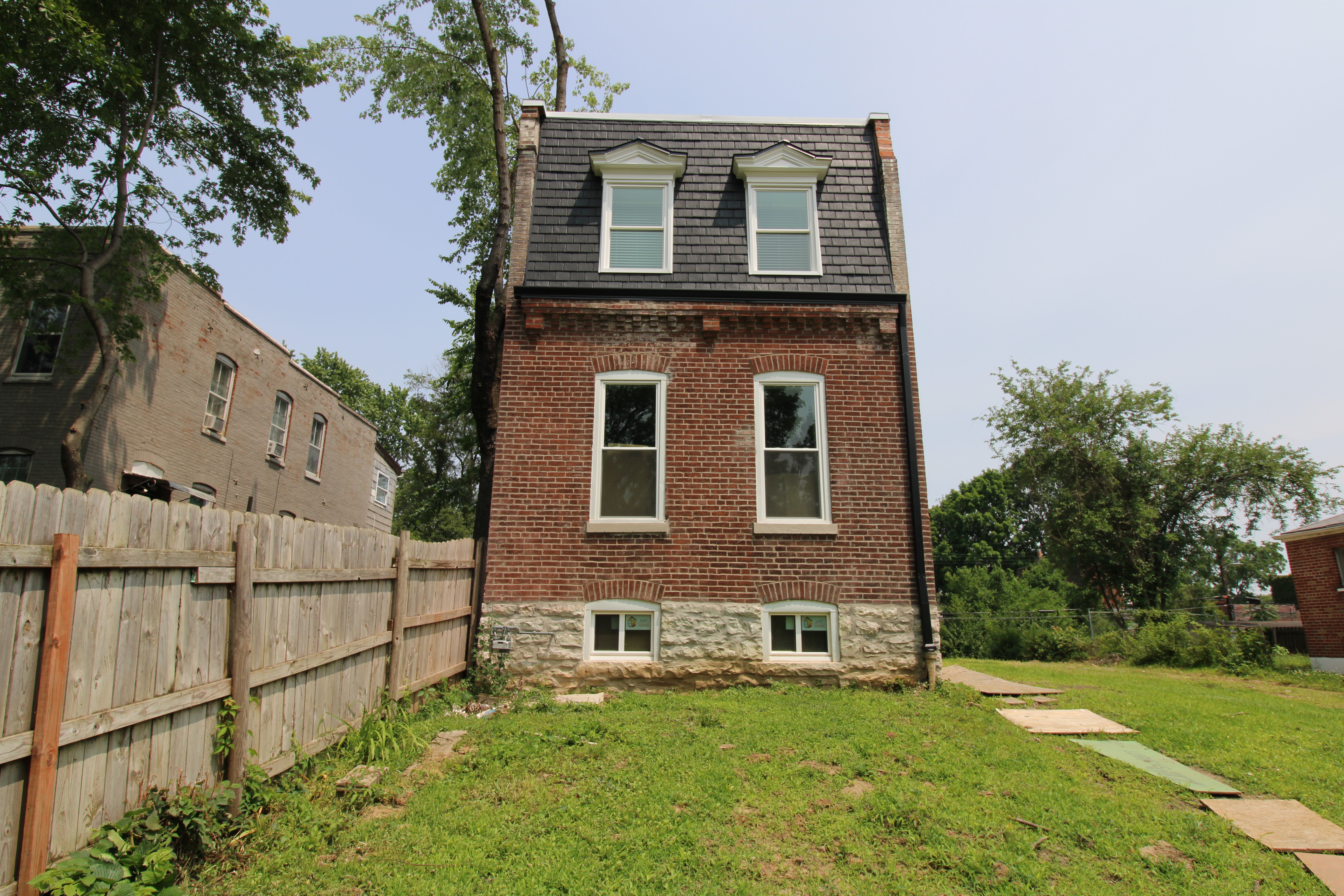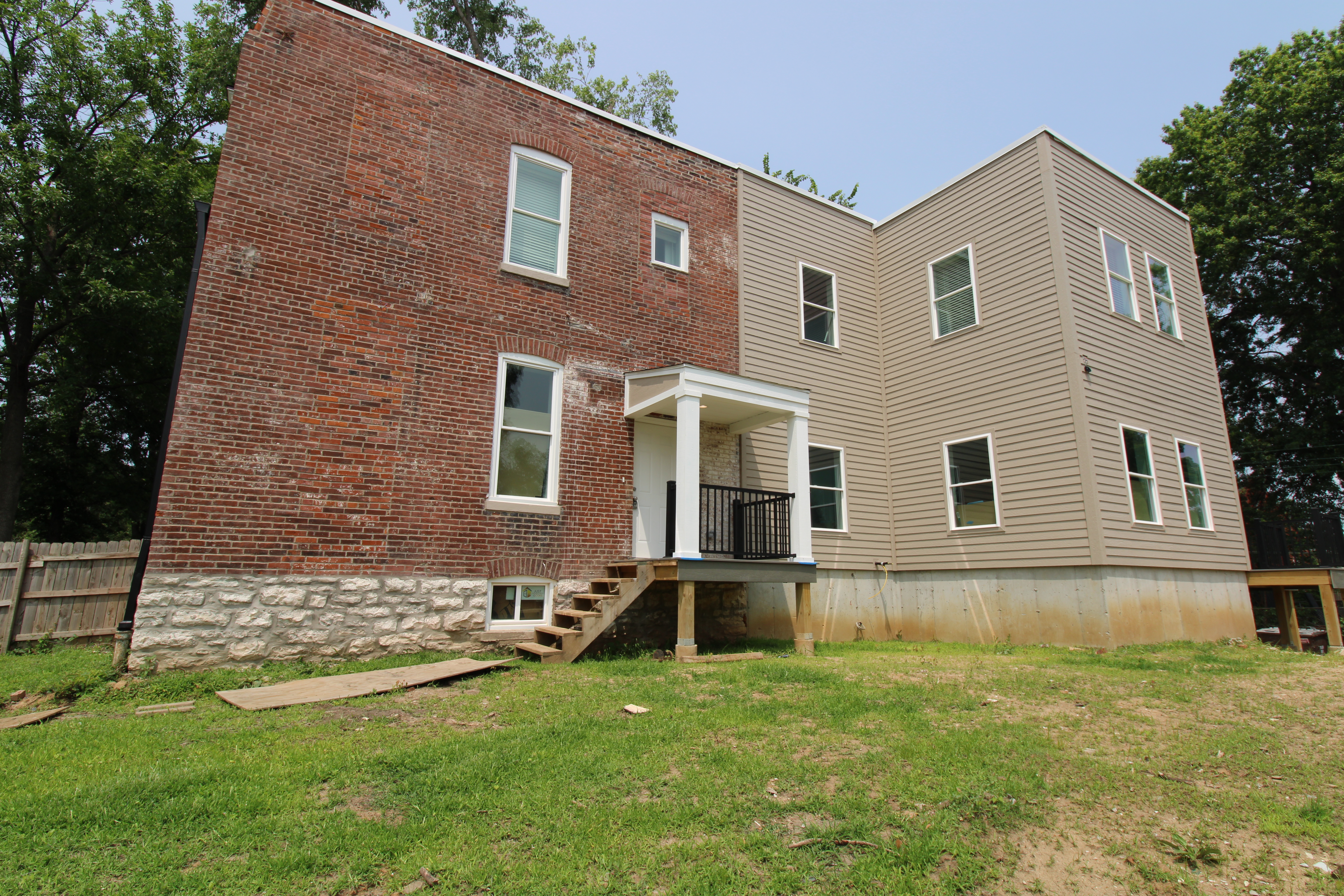STL Art Place Initiative - Transforming Vacant Places into Creative Spaces
How CDA is powering STL Art Place’s Vision for Artist-led Neighborhood Revitalization.
By Michelle Kim, Washington University Gephardt Institute for Civic and Community Engagement 2025 St. Louis Fellow
In Gravois Park, an innovative partnership is reshaping what community development looks like - one home at a time. STL Art Place Initiative (STL API), working with the Community Development Administration (CDA), is leading a movement to convert vacant properties into affordable, beautiful homes for neighborhood artists.
Called to action by the 2018 Gravois-Jefferson Historic Neighborhood Plan, STL API was co-founded in 2019 by the Incarnate Word Foundation, Kranzberg Arts Foundation, and the Regional Arts Commission. The organization set out with a clear mission – “To build wealth for artists through homeownership and transform vacant spaces into cultural assets with communities.” – and is guided by eight core values that include: preserving both artist and community wealth, co-designing with residents, and amplifying underrepresented voices. Central to STL API’s model is their open definition of artist, described as anyone engaged in a committed creative practice.
Together, STL API and the CDA are demonstrating that housing development can be as much about cultural preservation and neighborhood stability as it is about bricks and mortar.
Completed and occupied home rehabbed by STL API in Gravois Park.
In 2019, with support from the City of St. Louis, STL API acquired 25 vacant and deteriorating parcels in Gravois Park from the City’s Land Reutilization Authority (LRA). The goal was to create 20 homes over the next 3-5 years, not as speculative real estate, but as lasting homes for artists who are already part of the neighborhood.
What makes STL API’s construction and housing model stand out is how it centers artists and their creative practice in every aspect of development. Applicants are holistically selected, with an emphasis on artists who demonstrate being active members in their communities.
Each home is sold below market rate and tied to a cultural asset land trust, which includes deed restrictions to ensure continued affordability. The home prices are informed by area median income, and future resale is structured to maintain long term accessibility and community value.
Construction is only one part of STL API’s broader vision. The real focus is on building community.
Partnership with the CDA has helped STL API work towards achieving their goals, empowering the organization to prioritize design and livability. From predevelopment to construction, CDA funding and collaboration have played a vital role in bringing STL API’s vision to life. Working together, the CDA and STL API have refined the grant process, making it more responsive to the realities of mission-driven organizations.
“The beauty of working with the CDA is that it’s not just transactional – it's a partnership,” says Kaveh Razani, STL API co-director. “They’re helping us think beyond the immediate build and toward long term community impact.”
An example of this partnership in action is a large three story home under construction with an accessory dwelling unit (ADU). Due to its size, the main home exceeded affordability thresholds under traditional funding guidelines focused on producing low to moderate income (LMI) housing. Working closely with the CDA, STL API identified a creative solution: repurpose the ADU as a dedicated artist-in-residence program space, fully funded through the CDA’s ARPA-funded Neighborhood Transformation Grant. This approach not only allowed the main home to be sold affordably, but also transformed the ADU into a dedicated cultural space. The future homeowner has expressed strong interest in helping develop and lead the residency program, reinforcing STL API’s long-term commitment to creating and maintaining neighborhood identity and culture.
As STL API continues working towards its goal of 20 homes, its partnership with the CDA remains a cornerstone of progress. Together, they are demonstrating how public investment can catalyze community-led development, and how vacant lots can become not just homes, but cultural anchors that reflect and sustain the identity of the neighborhoods they serve.
Mayor Jones joins City staff, elected officials, and STL API staff for a wall-raising ceremony on a long vacant LRA-owned home in Gravois Park in February 2024.
By June 2025, the once-vacant LRA home nears completion with a new addition. STL Art Place and Habitat for Humanity are leading the transformation.
Related Stories
Help Us Improve This Page
Did you notice an error? Is there information that you expected to find on this page, but didn't? Let us know below, and we'll work on it.
Feedback is anonymous.
